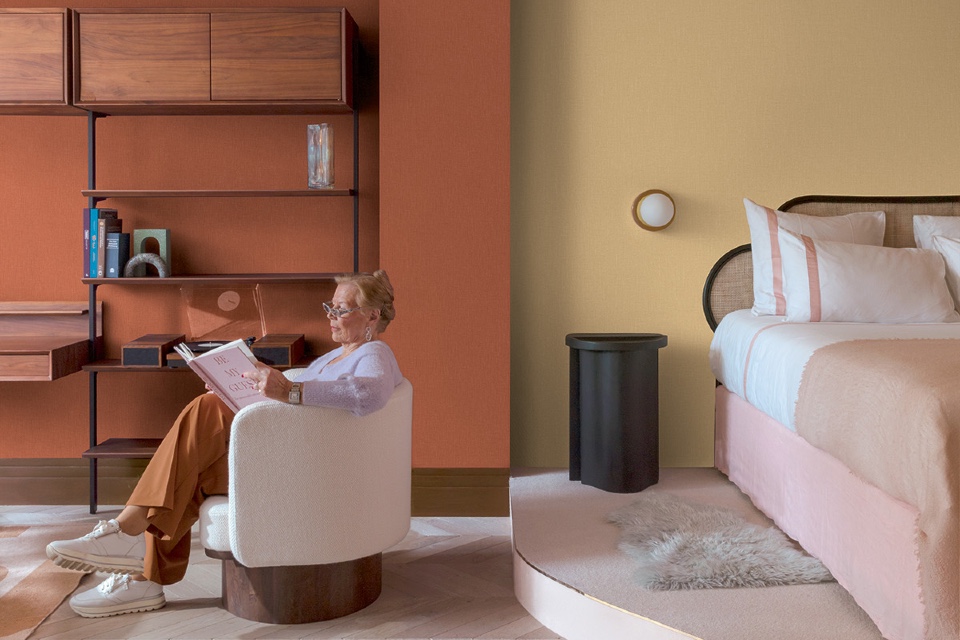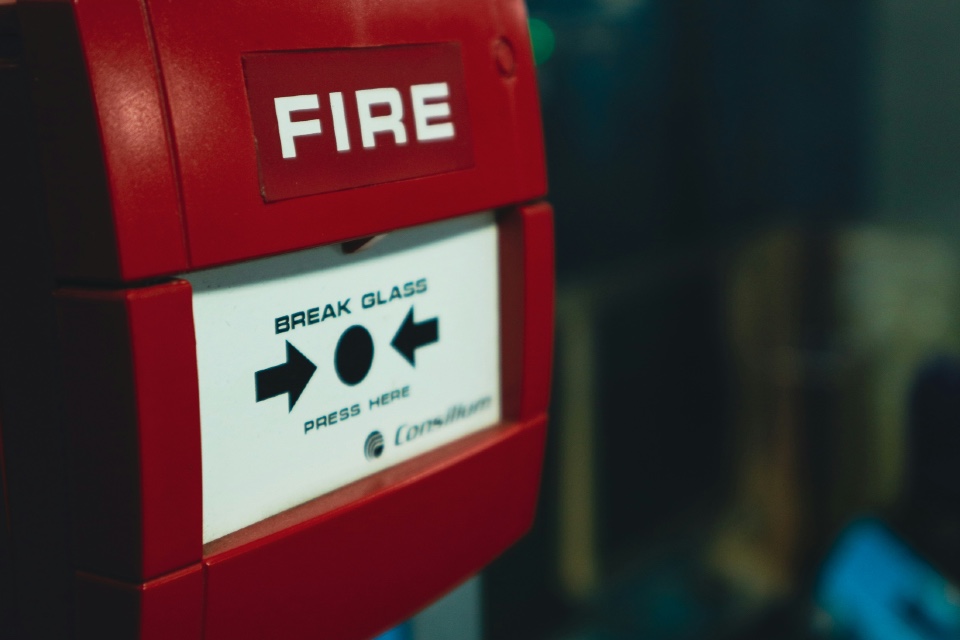Health and safety within the UK’s residential care homes is paramount, given the vulnerability of the residents and the unique challenges these environments present. Ensuring the wellbeing of residents, staff, and visitors requires a comprehensive approach, underpinned by several key pillars. These foundational elements are crucial for creating a safe, secure, and supportive living and working environment, as we outline here…
Risk Assessment and Management: The first pillar involves conducting thorough and regular risk assessments to identify potential hazards within the care home setting. These assessments cover a wide range of areas, including fire safety, slip and trip hazards, manual handling, and infection control. Once risks are identified, effective management plans are implemented to mitigate these risks, ensuring that preventative measures are in place and regularly reviewed.
Training and Education: Equipping staff with the necessary knowledge and skills through ongoing training and education is critical. This includes not only basic health and safety training but also specialised instruction on handling medication, managing challenging behaviour, and supporting residents with specific health conditions. Training empowers staff to carry out their duties safely and effectively, promoting a culture of safety and care.
Infection Control Measures: Given the close living quarters and the health conditions of many residents, infection control is a cornerstone of health and safety in care homes. This includes regular hand washing, the use of personal protective equipment (PPE), effective waste management, and adherence to cleaning protocols. During times of heightened risk, such as the COVID-19 pandemic, these measures become even more critical, with additional precautions taken to protect residents and staff.
Fire Safety Procedures: Ensuring robust fire safety procedures is another fundamental aspect. This includes installing and maintaining fire detection and suppression systems, conducting regular fire drills, and ensuring clear evacuation plans are in place and understood by all staff and residents. Fire safety measures must be tailored to the specific needs of residents, many of whom may have mobility or cognitive impairments.
Mental Health and Wellbeing: Beyond the physical aspects of health and safety, the mental health and wellbeing of residents are equally important. Creating a supportive environment that promotes mental health involves providing access to mental health services, facilitating social interactions, and ensuring residents have opportunities for physical activity and engagement in meaningful activities.
Regulatory Compliance: Finally, compliance with regulatory standards set by bodies such as the Care Quality Commission (CQC) in England is crucial. These standards ensure care homes meet essential levels of safety and quality, covering aspects from the physical environment to staffing levels and resident care. Regular inspections and audits help maintain these standards, ensuring care homes are safe, effective, caring, responsive, and well-led.
The key pillars of health and safety within the UK’s residential care homes encompass risk assessment and management, training and education, infection control measures, fire safety procedures, mental health and wellbeing, and regulatory compliance. Together, these elements form the foundation of a holistic approach to health and safety, essential for safeguarding the health and dignity of residents and the wellbeing of staff and visitors.
Are you looking for Health & Safety solutions for your care home business? The Care Forum can help!
Photo by Clay Banks on Unsplash






